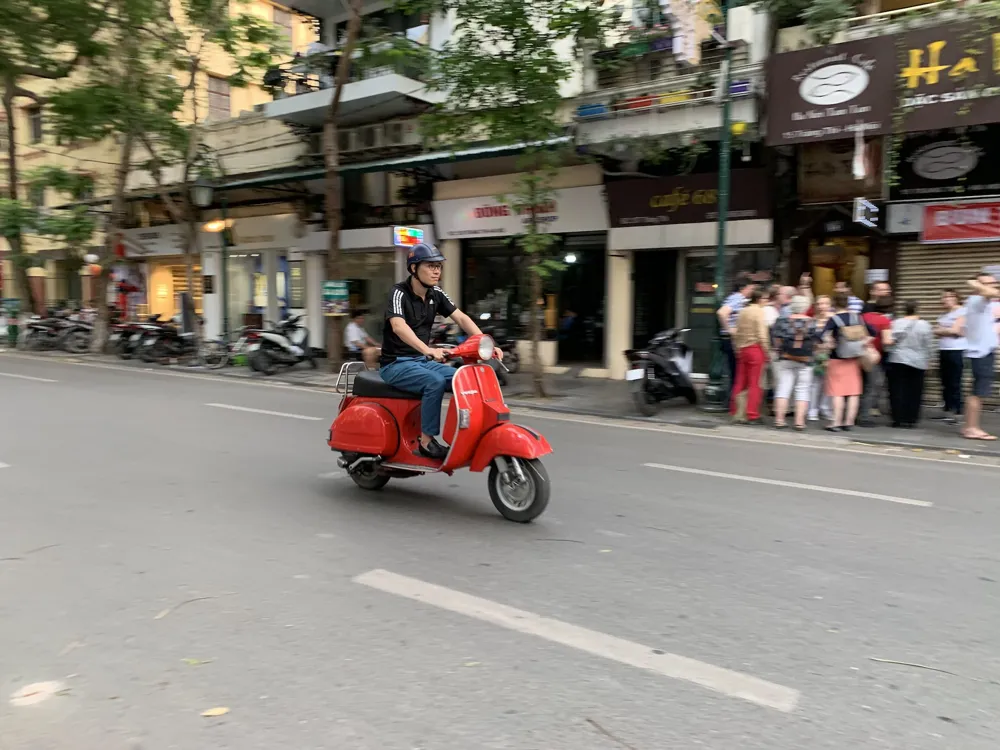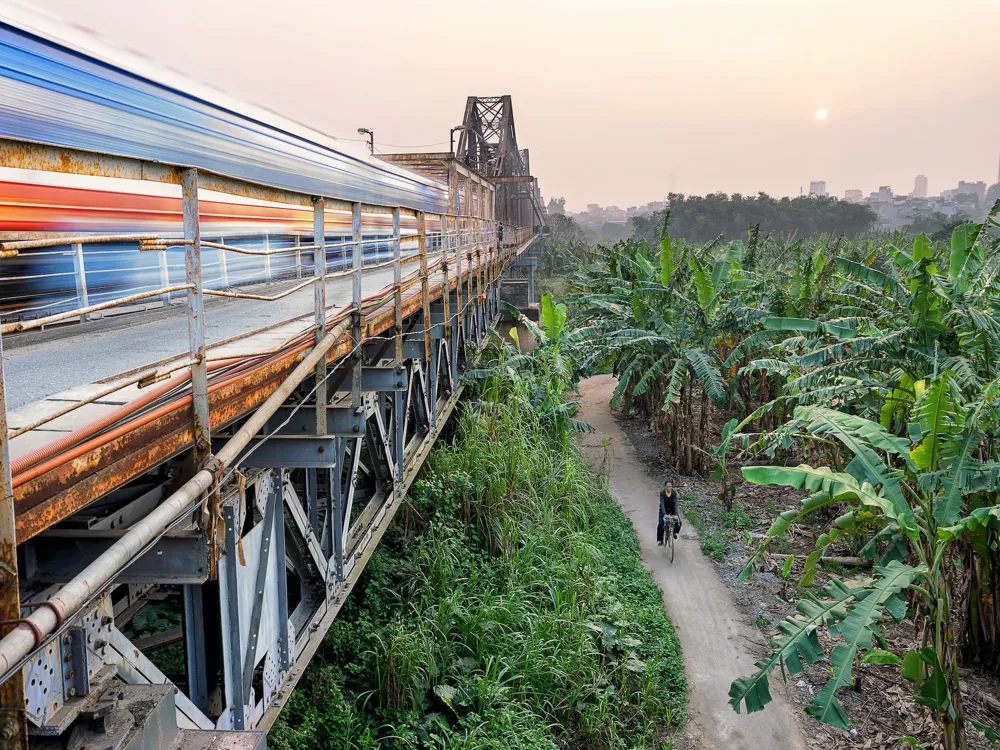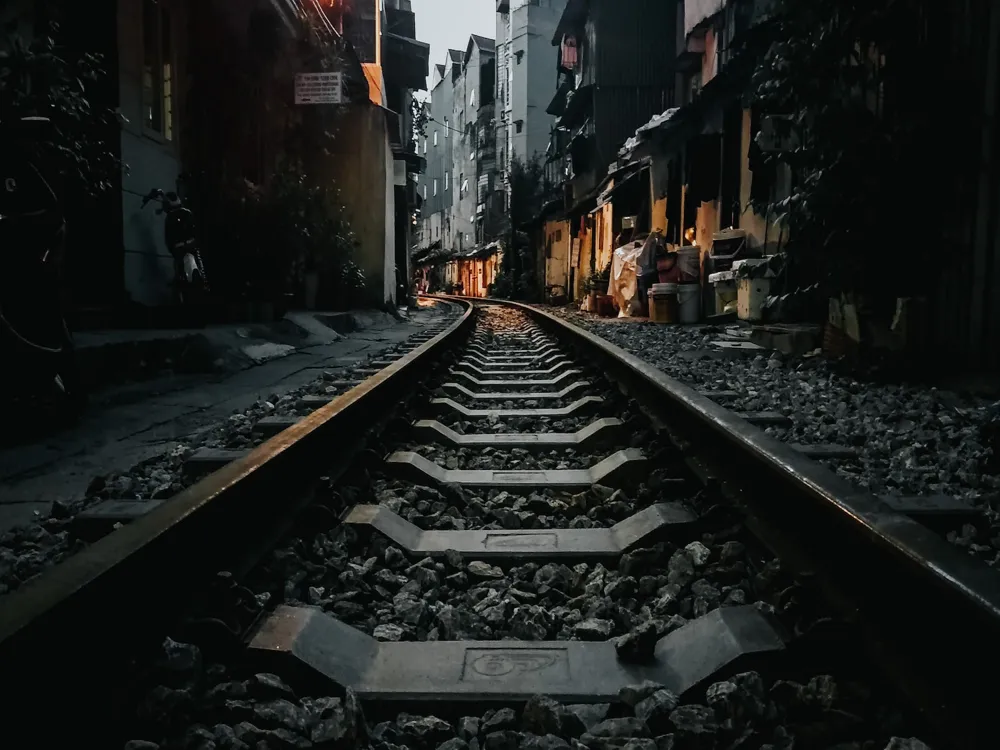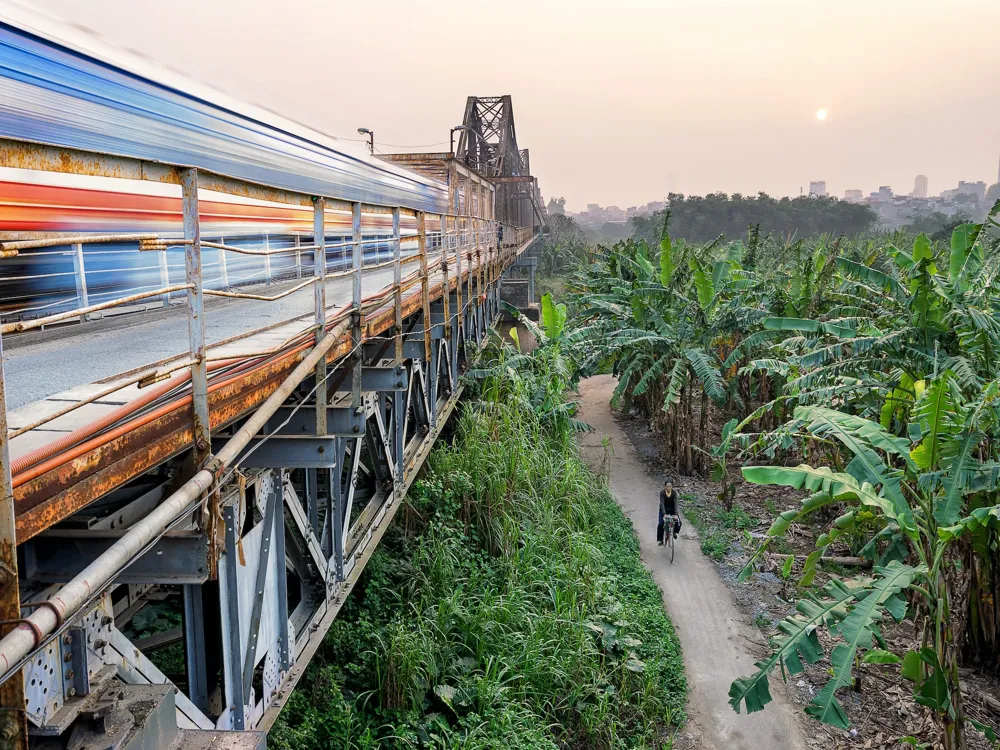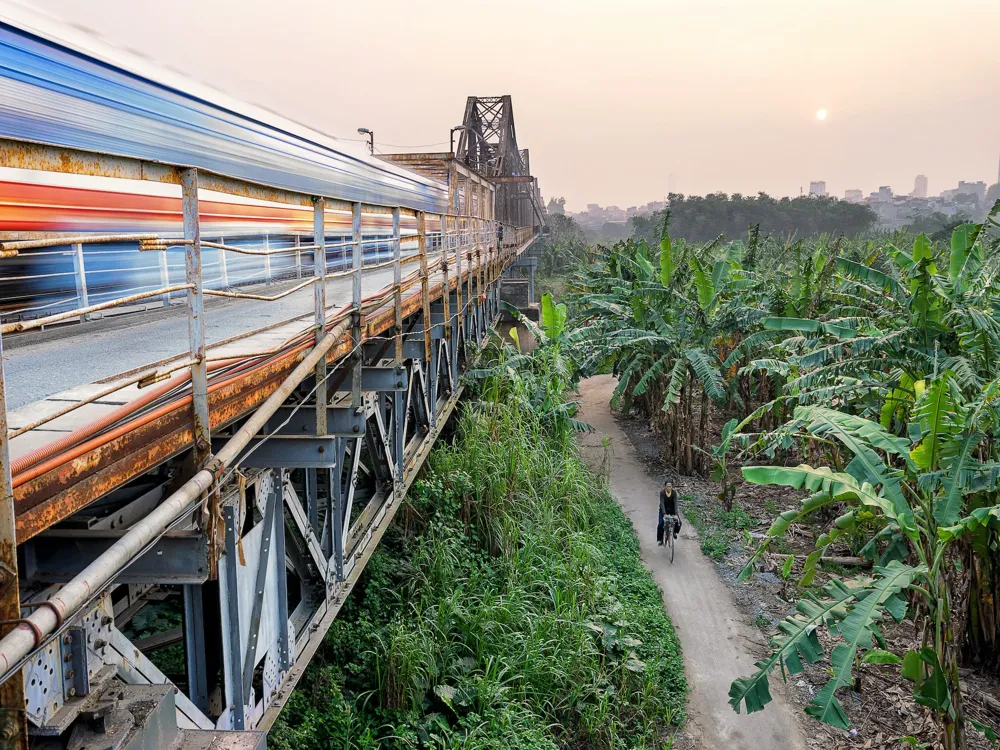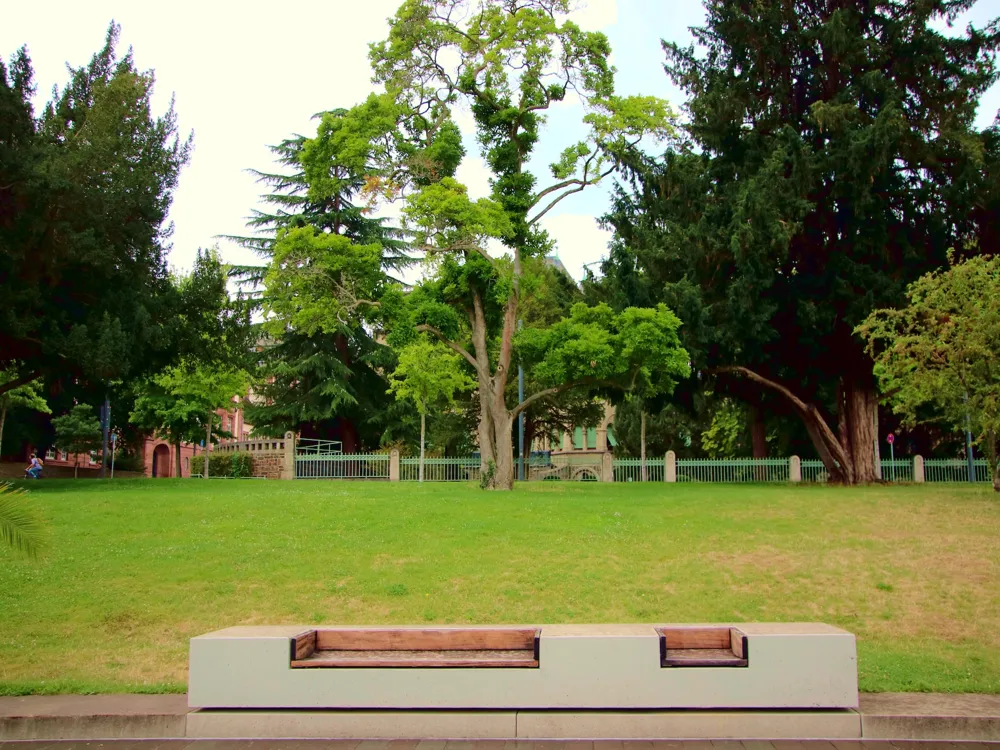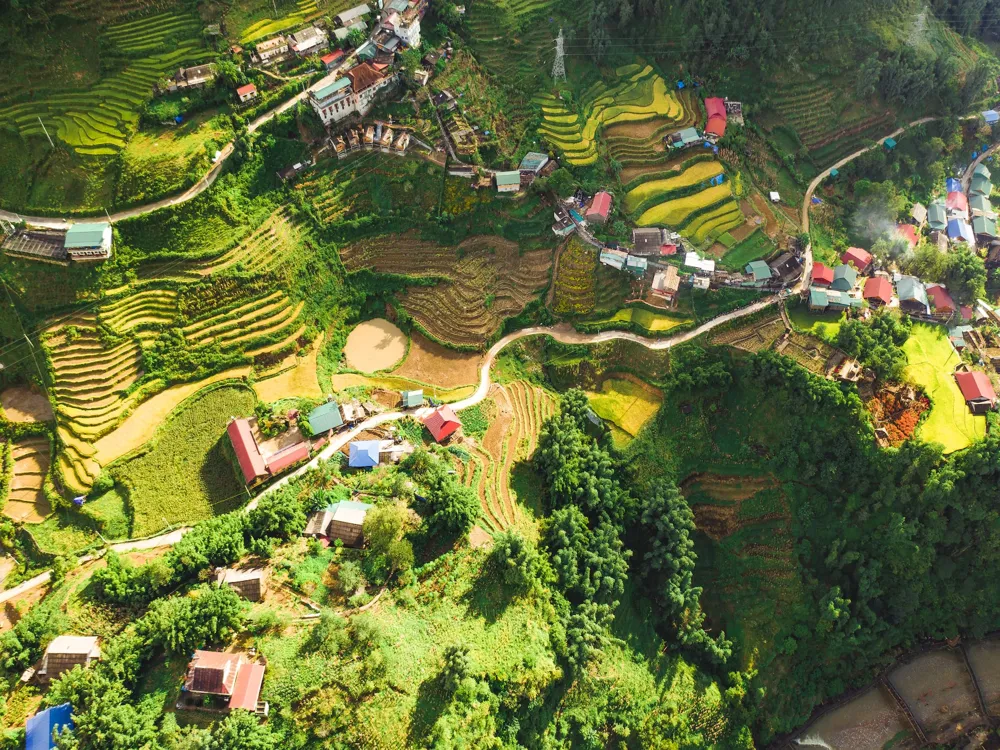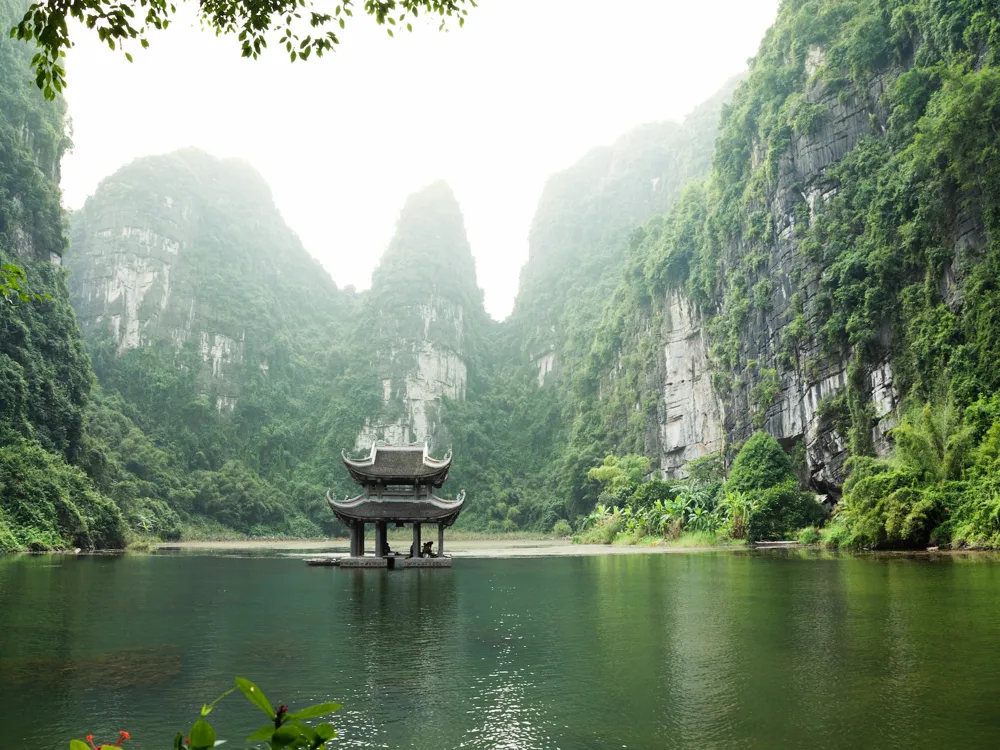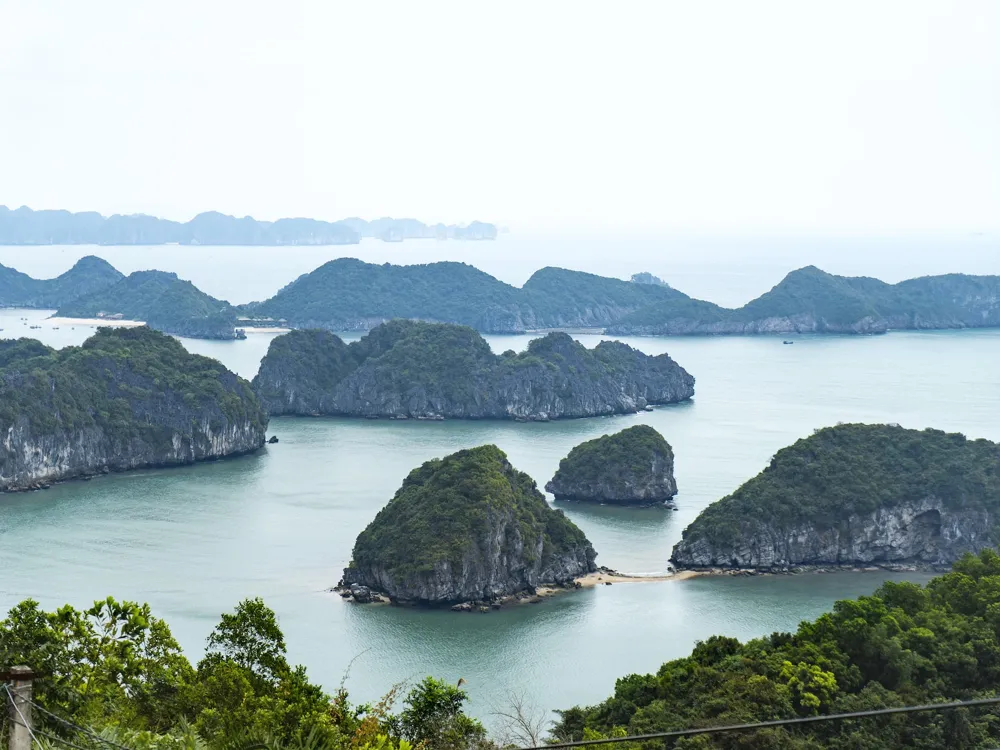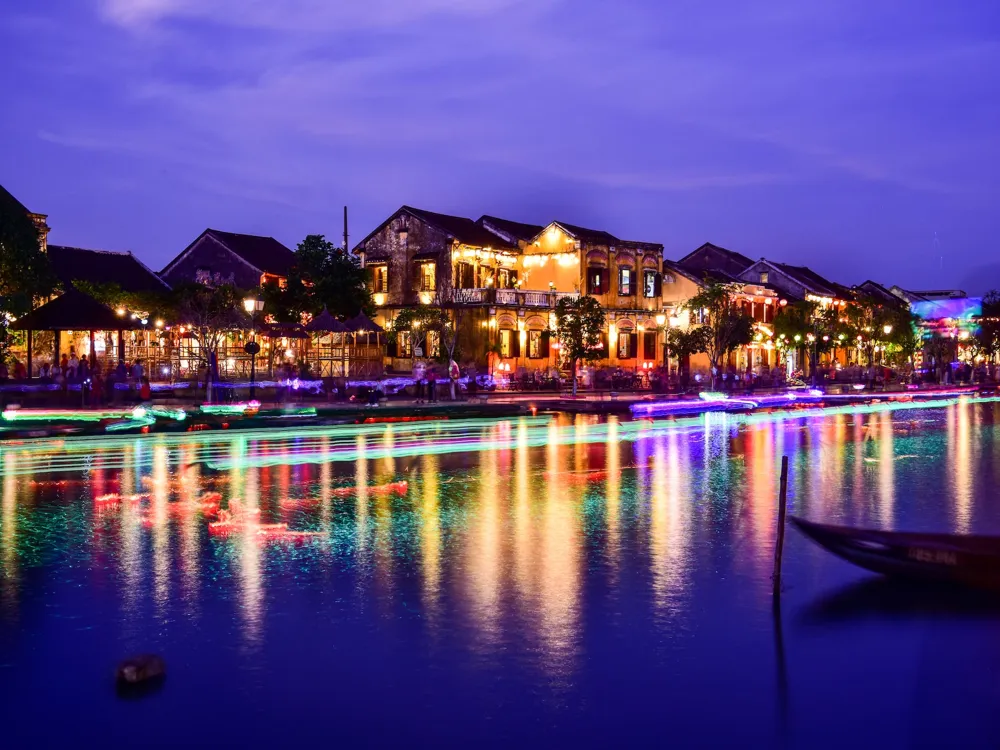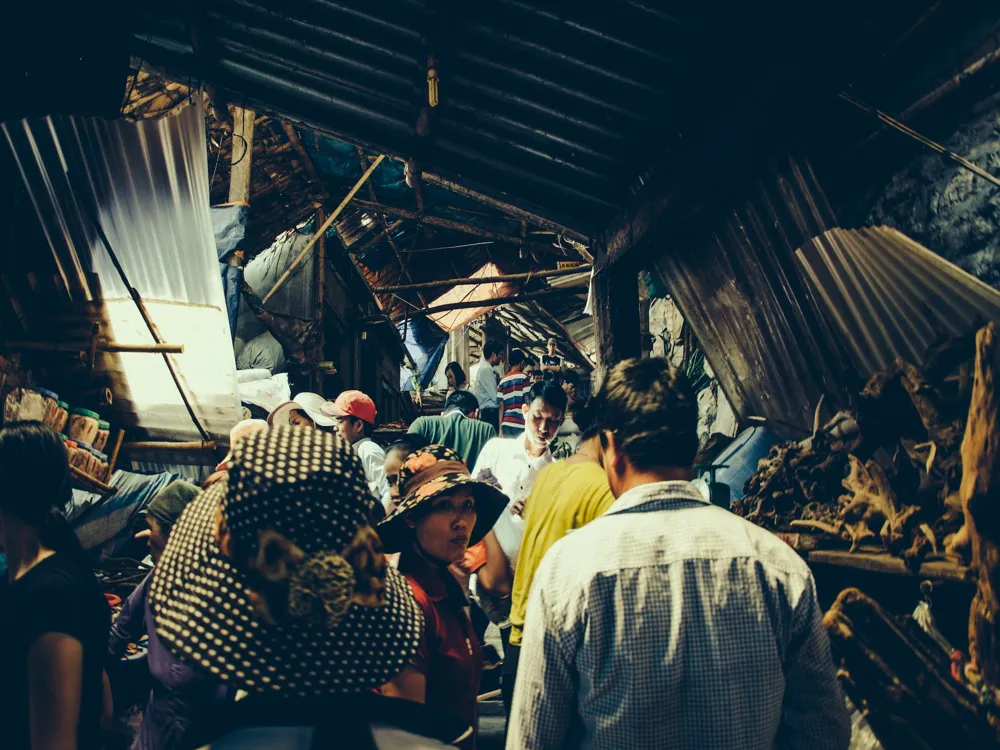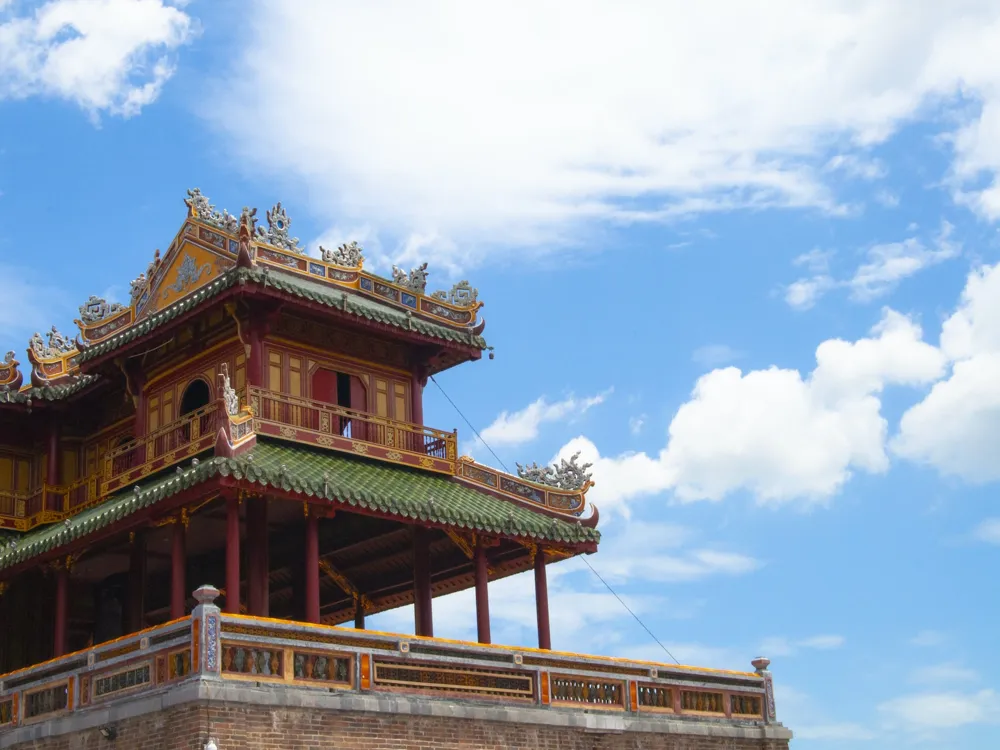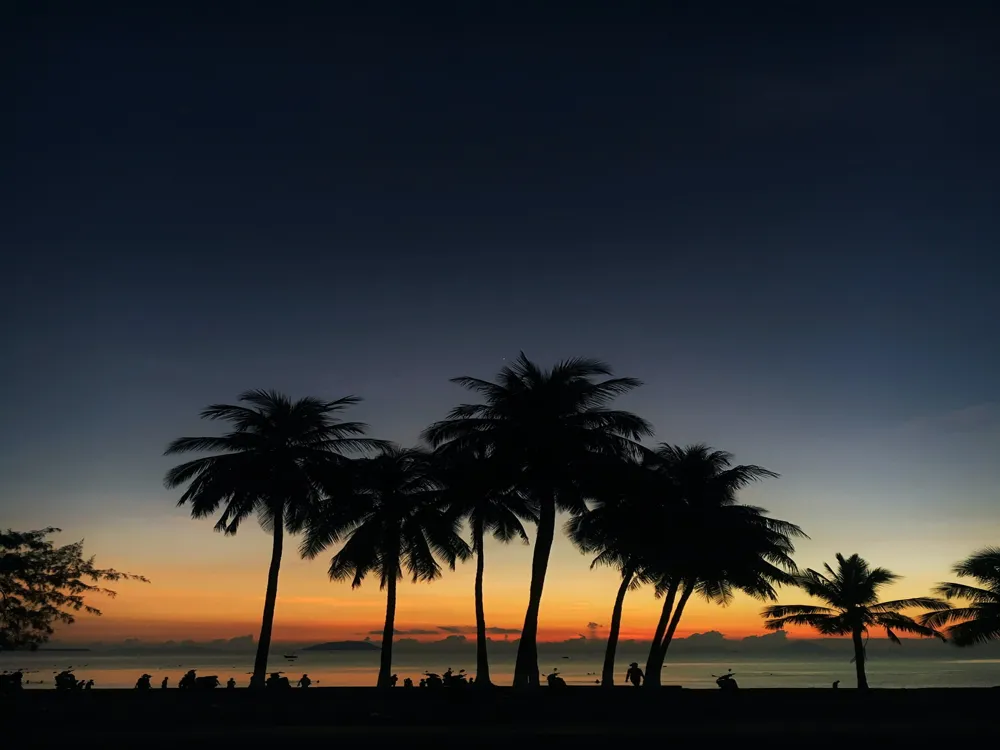Hanoi, the capital city of Vietnam, is a fascinating blend of East and West, combining traditional Sino-Vietnamese motifs with French flair. It is largely unscathed from the decades of war, and is now going through a rapid transformation that has made it one of Southeast Asia's most vibrant cities. The heart of Hanoi is the Old Quarter, a maze of streets dating back to the 13th century, each one named after the goods that were once traded there. In this bustling area, you can witness the enduring spirit of the city's rich past, as well as the dynamic present of modern Vietnam.
The city is known for its centuries-old architecture and a rich culture with Southeast Asian, Chinese and French influences. At its heart lies the chaotic Old Quarter, where the narrow streets are roughly arranged by trade. There, you can find everything from temples, ancient citadels, unique theaters, and stunning wilderness just outside the city. The cuisine of Hanoi is a point of pride for its people. Known globally for its delicious and diverse street food, Hanoi offers an endless variety of soups, noodles, buns, rolls, and pastries, often at just a dollar or two per serving.
Hanoi also houses many beautiful parks and museums where you can relax and take in the local culture. The city’s historical attractions include the Ho Chi Minh Mausoleum, the Hoan Kiem Lake and the Thang Long Water Puppet Theatre. Furthermore, Hanoi serves as a gateway to Northern Vietnam. From here, you can easily reach other notable destinations like Ha Long Bay, the Northern Mountainous Region, and the ancient city of Hue.
The architecture of Hanoi is a fascinating fusion of Vietnamese traditions, French colonial influences, and modernist touches. It is a city where the past and present coexist, offering a visual treat to its visitors. The city's architecture is characterized by its two main historical periods: the French colonial period and the post-Vietnam War era.
During the French colonial period, Hanoi underwent significant transformations, with the French leaving a lasting imprint on the city's architecture. The French colonial architecture is characterized by its use of yellow-painted buildings, shutters, and wrought-iron balconies. Key examples include the Hanoi Opera House, the State Bank of Vietnam building, and the Sofitel Legend Metropole Hotel. These buildings are not only architectural gems but also serve as reminders of a significant chapter in Hanoi's history.
Traditional Vietnamese architecture also plays a significant role in Hanoi's cityscape. This can be seen in the city's numerous temples and pagodas, which are often hidden in narrow alleyways, waiting to be discovered by curious visitors. The Temple of Literature, which dates back to 1070, is a prime example of traditional Vietnamese architecture. It was originally built as a university dedicated to Confucius and later became one of the most important temples in Hanoi.
In recent years, Hanoi has seen a surge in modernist architecture, with new buildings incorporating contemporary design elements while still respecting the city's historical context. This blend of old and new makes Hanoi's architecture unique and constantly evolving.
The best time to visit Hanoi is during the spring (from February to April) and autumn (from October to November). During these months, the weather is pleasantly mild and the skies are clear, making it ideal for exploring the city and its surroundings.
Hanoi's traffic is notorious for being hectic. The most common modes of transport are motorbikes and taxis. For a truly local experience, consider renting a motorbike, but be aware of the traffic rules and conditions. Alternatively, taxis are a safer, although more expensive, option.
When visiting temples and pagodas, dress conservatively and remove your shoes before entering. It's also important to be respectful of local customs and traditions. A polite, friendly attitude goes a long way in Hanoi.
Street food is a highlight in Hanoi, but it's essential to eat at busy stalls where food turnover is high, ensuring freshness. Always drink bottled water and be cautious with ice in drinks.
Hanoi offers a variety of shopping experiences from high-end malls to bustling street markets. Bargaining is common in markets and street shops, so don't hesitate to negotiate prices.
Hanoi is well-connected by air with direct flights from major cities around the world. The Noi Bai International Airport is located about 45 minutes from the city center. There are various transportation options from the airport to the city, including taxis, buses, and private car services. For those already in Vietnam, Hanoi can be reached by train, bus, or car from other major cities. The train journey, in particular, offers a scenic view of the Vietnamese countryside.
Overview of Hanoi
Architecture of Hanoi
Tips When Visiting Hanoi
Best Time to Visit
Transportation Tips
Cultural Etiquette
Food and Safety
Shopping and Bargaining
How To Reach Hanoi
Vietnam Museum of Ethnology
Hanoi
₹ 15,260 onwards
View hanoi Packages
Weather :
Tags : Museum
Timings : 8:30 AM - 5:30 PM (Closed on Monday)
Time Required : 1-2 hrs
Entry Fee : Adults: VND 40,000Students/ Elderly/ Minorities: VND 15,000
Planning a Trip? Ask Your Question
Hanoi Travel Packages
View All Packages For Hanoi
Top Hotel Collections for Hanoi

Private Pool

Luxury Hotels

5-Star Hotels

Pet Friendly
Top Hotels Near Hanoi
Other Top Ranking Places In Hanoi
View All Places To Visit In hanoi
View hanoi Packages
Weather :
Tags : Museum
Timings : 8:30 AM - 5:30 PM (Closed on Monday)
Time Required : 1-2 hrs
Entry Fee : Adults: VND 40,000Students/ Elderly/ Minorities: VND 15,000
Planning a Trip? Ask Your Question
Hanoi Travel Packages
View All Packages For Hanoi
Top Hotel Collections for Hanoi

Private Pool

Luxury Hotels

5-Star Hotels

Pet Friendly







